Durable Solutions, Stairs & Decks
What is the Best Weather Resistant Non-Slip Tread?
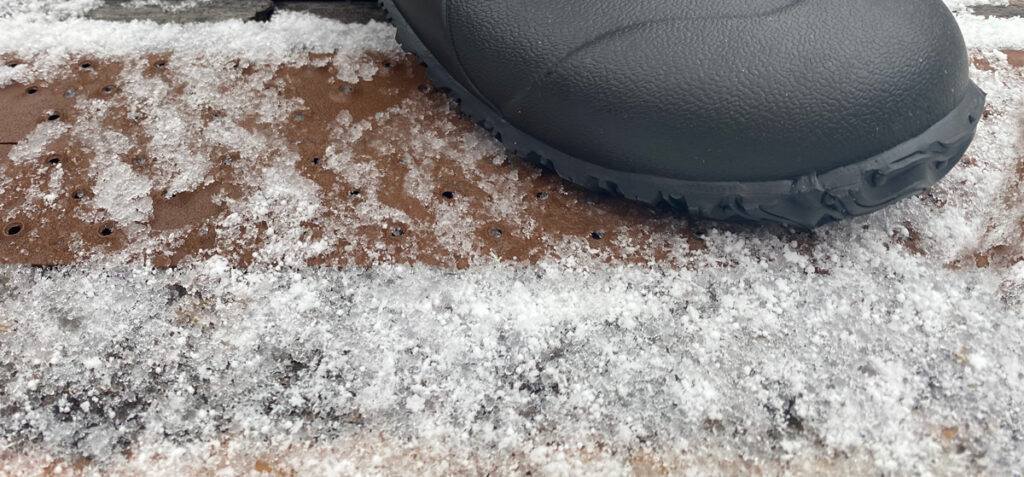
In recent years, we have experienced some of the most extreme weather conditions. From some of the highest snowfalls recorded on the West Coast to heavy rains and winds on the East, every part of the country is exposed to the force of Mother Nature. Because the timing and severity of these weather conditions are out of our control, our homes are always at the whim of these natural forces.
With this in mind, it’s obvious how important it is to take preliminary steps to keep you and your loved ones safe from extreme weather conditions. One of the most important steps you can take is to protect your home, or more specifically, protect any parts of your home that live outside, exposed to nature’s elements. Whether it’s your outdoor deck, your front stairs, or your patio – all of these surfaces can cause accidental slips and falls when coupled with weather conditions. In this blog, we’ll delve into some of the ways that you can protect your home’s outdoor spaces from slipping hazards like moisture, rainwater, ice, or snow.
What Weather Conditions Can Make Outdoor Structures Unsafe?
Because weather conditions vary from season to season and even day to day, there are numerous ways mother nature can create slip and fall hazards on the outdoor structures at your home.
Rainfall and Moisture
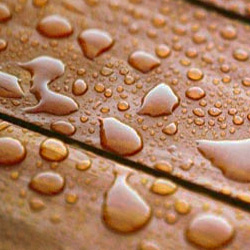
Continuous or heavy rainfall can saturate wood and other materials, leading to moisture accumulation on the surface. The moisture can reduce traction, creating a slip-and-fall hazard.. As most American homes are constructed from wood, brick, or concrete, constant rainfall and moisture can damage and degrade the constitution of these materials. Not only will the surface of these materials become slippery, but the degradation caused by moisture can create slip and fall hazards in the form of warped wood, chipping steps, and more.
Even if you don’t live in an area that receives a lot of rain, moisture caused by dew and high humidity levels can still cause slip and fall hazards. The presence of moisture can promote the growth of algae, moss, and fungi on outdoor surfaces. These organisms create patches that are very easy to slip on yet sometimes undetectable to the naked eye.
Snow, Sleet, and Ice
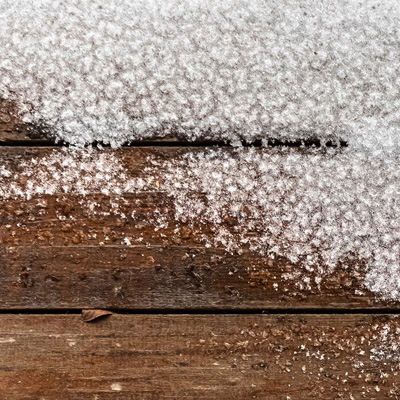
As temperatures drop, rainfall can become snow, sleet, and ice. Once the snow and sleet have accumulated on your outdoor surfaces, they can melt and refreeze, forming slippery ice patches. Additional snowfall can then cover these ice patches, creating a hidden and potentially deadly slip and fall hazard.
Temperature Changes
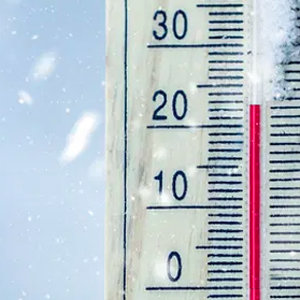
In addition to the precipitation created by different weather conditions, rapid changes in temperature can also create slip and fall hazards on your outdoor surfaces. Temperature changes, such as very hot days followed by cool nights, can cause materials to expand and contract. Over time, this can lead to warping, cracking, and other structural issues that can contribute to uneven surfaces. Repeated freeze-thaw cycles, where moisture penetrates porous surfaces and then expands as it freezes, can lead to cracks, splits, and deterioration of materials. These cycles can also exacerbate unevenness on the surface, contributing to slipperiness.
How Weatherproof are Popular Non-Slip Treads?
Because outdoor structures like steps, porches, and decks are always exposed to nature’s elements, something should be employed to address the slip and fall hazards caused by weather conditions. Installing non-slip treads is an effective way to prevent potentially deadly slips and falls. But with many non-slip treads available on the market today, which one(s) are most effective at creating traction even when exposed to various weather conditions?
Grit Tape & Treads
Grit tape and treads are adhesive-backed materials commonly applied to surfaces to prevent slippage. To put their efficacy into perspective, grip tape used on skateboards has a very similar grit rating to the grit tape and treads sold as outdoor non-slip solutions. This common usage is indicative of the level of support of the product– while it may be good for giving some traction to your Vans while attempting a double kickflip, it is probably not a good idea to use grit tape as an end-all solution for wet stairs, decks, or patios
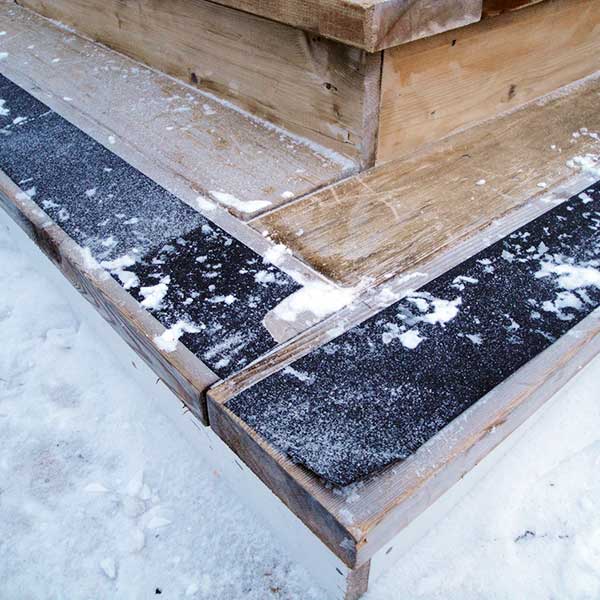
Although these non-slip tapes and treads can generally improve traction, they are heavily susceptible to wear and tear and will require constant replacement. In extremely cold or hot weather conditions, the effectiveness of grip or grit tape’s adhesive may be compromised. When ice and snow enter the equation, the adhesive layer of the tape can become less reliable as freezing temperatures cause it to lose its grip on the surface. Ice and snow can also accumulate on top of the tape, concealing its traction-enhancing properties, and making it ineffective. Non-slip tape can be helpful and usually pretty affordable but is certainly not a permanent solution as it will require constant reapplication
Rain and Moisture: ⚠️
Snow, Sleet, and Ice: ❌
Temperature Changes: ❌
Rubber Non-Slip Treads
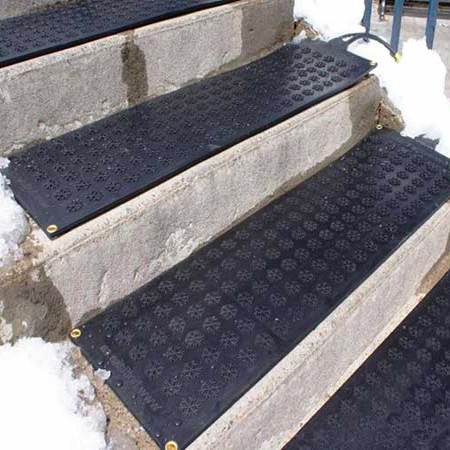
Rubber treads are usually only used on outdoor stairs or ramps because most homeowners do not want them covering large areas like a deck. They typically have some sort of textured surface in order to create traction on outdoor surfaces. Depending on the surface, rainfall may not be able to properly drain through the tread and may sit on top, creating a slippery surface. Once the temperatures drop, this water can freeze into a slippery sheet of ice that completely covers the tread and renders it useless.
To install them, homeowners can either screw them down or use adhesive. However, neither of these installation methods is superior. If using adhesive, extensive surface preparation must be done to ensure the treads adhere properly. The adhesive will also struggle to hold up in hot or cold temperatures as well as being exposed to consistent moisture. If the treads are screwed down, they can begin to rip after extended use, causing the treads to move and creating another slip and fall hazard.
While rubber non-slip treads can definitely be effective in creating traction in wet weather conditions, they are not always the best comprehensive solution. The treads can easily be covered with snow, and once the snow melts and refreezes, become sheets of ice. Additionally, a snow shovel cannot be used on the treads without ripping or damaging them. Rubber treads may be able to create decent traction in wet conditions, but they won’t be able to hold up to snow or ice and will likely need to be replaced every couple of years.
RATINGS FOR RUBBER NON-SLIP TREADS
Rain and Moisture: ⚠️
Snow, Sleet, and Ice: ❌
Temperature Changes: ⚠️
Plastic Non-Slip Treads
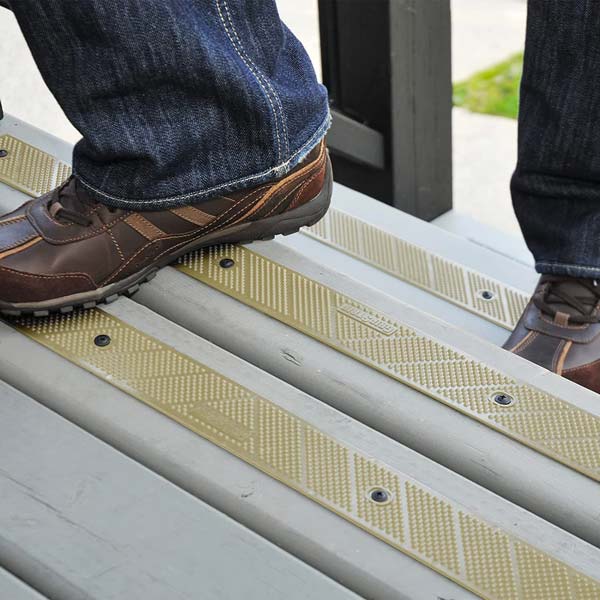
While rubber treads have a bit of give to them, plastic treads are more rigid. They generally create traction due to a collection of small spikes on the surface that grab the sole of your shoe. Available in various sizes, they’re suitable for use on outdoor stairs, decks, porches, and ramps. To install them, the treads are screwed into the surface which requires little surface preparation and they will also be able to withstand high and low temperatures.
Plastic non-slip treads can create decent traction in wet conditions like dew, rain, sleet, and snow, but usually do not have sufficient drainage through the tread. This means that water and snow can collect on the surface and once the temperature drops, turn to ice, which can cover the traction spikes and render the tread useless. Unfortunately, using a snow shovel to remove snow and ice that have collected on top of the tread can easily damage the traction spikes. Even though the plastic is a more rigid material than the solutions mentioned previously, the spikes can also become run down or break after consistent usage. This means that the treads will likely need to be replaced every few years in order to maintain a suitable level of traction.
RATINGS FOR PLASTIC NON-SLIP TREADS:
Rain and Moisture: ✅
Snow, Sleet, and Ice: ⚠️
Temperature Changes: ✅
Aluminum Non-Slip Treads
Aluminum treads, like HandiTreads, are the most durable of the non-slip treads available on the market today. They have a simple one-and-done installation: once they’re screwed down, they’re warranted to provide a lifetime of slip and fall prevention. No need to worry about extensive surface prep or the long-term efficacy of adhesive. This straightforward installation allows HandiTreads to be installed on a variety of surfaces including natural and synthetic wood, concrete, and brick. With multiple sizes and styles, including stair treads, stair nosings, and deck/ramp treads, HandiTreads are ideal for keeping any outdoor area slip and fall free.
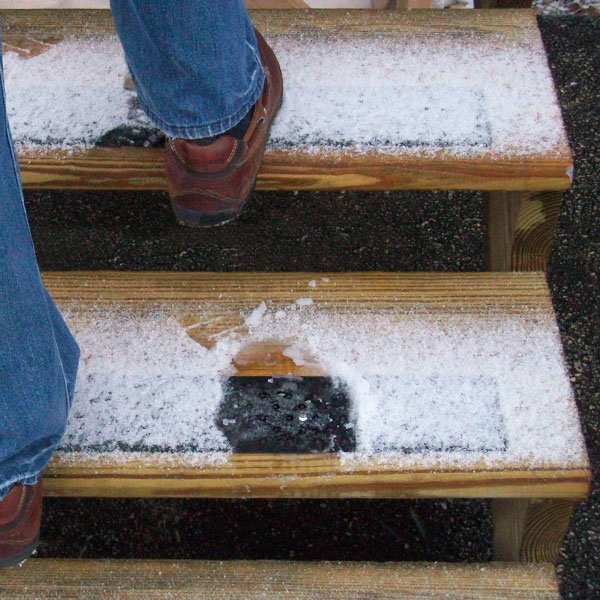
What truly sets HandiTreads apart from other non-slip solutions is the patented raised button traction surface, which dispels up to an inch of water, snow, ice, and debris with each step. Each button also has a hole allowing for water drainage. This prevents water from sitting on top of the tread and decreases the amount of ice that can form on the tread. If heavy snowfall collects or freezes on HandiTreads, a snow shovel can safely be used without damaging the tread.
Because HandiTreads are constructed from hard-wearing aluminum, they can withstand heavy foot traffic without losing shape. The powder-coated aluminum is also rust-resistant, so HandiTreads can continue to create traction in rain, sleet, snow, or any other moisture without detracting from the aesthetic of your home. With a selection of four earth-toned shades, your HandiTreads will match or complement the color of your deck, porch, stairway, or ramp.
RATING ALUMINUM NON-SLIP TREADS:
Rain and Moisture: ✅
Snow, Sleet, and Ice: ✅
Temperature Changes: ✅
Year-round, All-Weather Slip & Fall Prevention
When looking for an outdoor slip and fall prevention solution, it is essential that it is able to withstand all of Mother Nature’s weather conditions. Whether it be thunderstorms, heat waves, blizzards, or cold fronts, the outdoor structures of your home should be safe to walk on 24/7. HandiTreads non-slip aluminum treads are designed to withstand virtually any weather condition so you and your loved ones can safely enjoy the outdoor areas of your home year-round.
